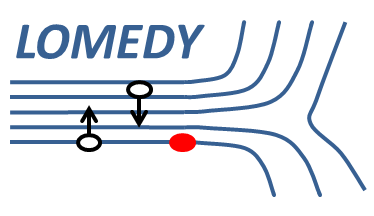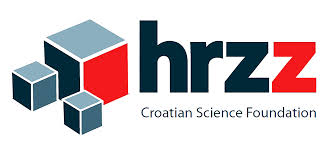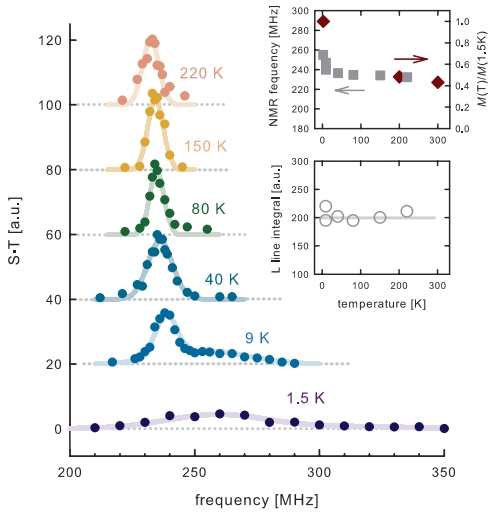

P. Kolar, M. S. Grbić, S. Hrabar, Sensors 19, 03064 (2019)
M. S. Grbić, JAP 125, 224501 (2019)
T. Cvitanić, M. Lukas, M. S. Grbić, Rev. Sci. Instrum. 90, 043903 (2019)
D. Pelc, P. Popčević, M. Požek, M. Greven, and N. Barišić, Sci. Adv. 5, eaau4538 (2019)
D. Pelc, H.-J. Grafe, G. D. Gu, and M. Požek, Phys. Rev. B 95, 054508 (2017).
R. Blinder et al. Phys. Rev. B 95, 020404(R) (2017).
D. Pelc, M. Vučković, H.-J. Grafe, S.-H. Baek, M. Požek, Nature Communications 7, 12775 (2016).
D. Pelc, M. Požek, V. Despoja and D. K. Sunko, New J. Phys. 17, 083033 (2015).
M. Došlić, D. Pelc and M. Požek, Rev. Sci. Instrum 85, 073905 (2014).
T. Cvitanić, D. Pelc, M. Požek, E. Amit, and A. Keren, Phys. Rev. B 90, 054508 (2014).
![]() The team of researchers from our NMR group, Tonči Cvitanić, Damjan Pelc and Miroslav Požek, in collaboration with a group from Brazil lead by prof. Jair C. C. Freitas, published a paper in Scientific Reports 5, 14761 (2015), which presents for the first time measurement of the hyperfine magnetic field in magnetic material based on carbon.
The team of researchers from our NMR group, Tonči Cvitanić, Damjan Pelc and Miroslav Požek, in collaboration with a group from Brazil lead by prof. Jair C. C. Freitas, published a paper in Scientific Reports 5, 14761 (2015), which presents for the first time measurement of the hyperfine magnetic field in magnetic material based on carbon.
Non-metallic magnetic materials based on carbon have a large application potential. These biocompatible materials can be easily used for eg. targeted drug delivery or for MRI contrasts. Moreover, to design a system for graphene spintronics it is highly important to understand magnetism and hyperfine interactions in carbon based materials. From a theoretical point of view, magnetism in graphene and similar materials is connected with defects such as vacancies or surface states. In materials without transition metals or lanthanides, this type of magnetism is connected to spin polarization of p orbitals caused by defects.
